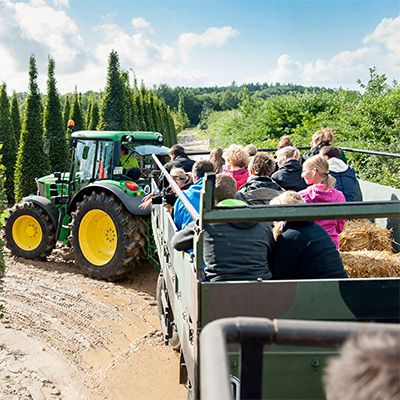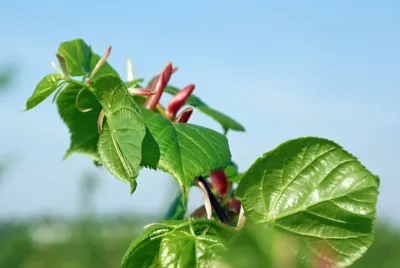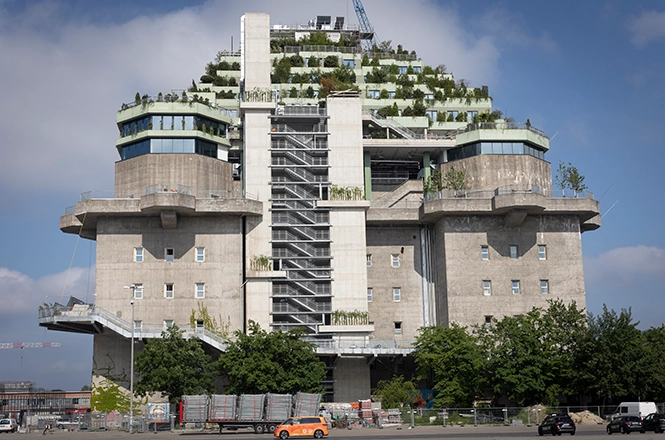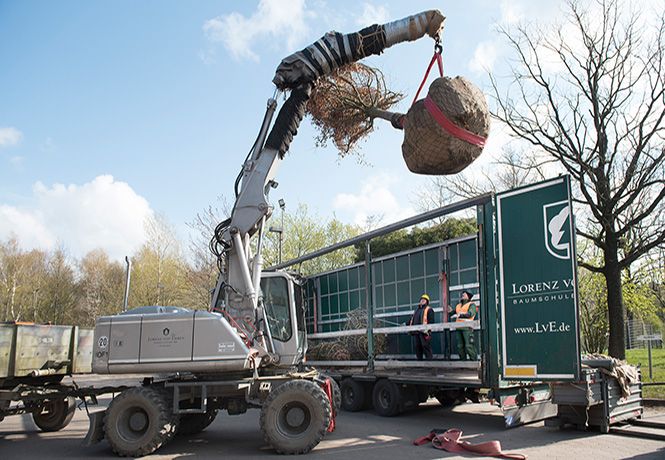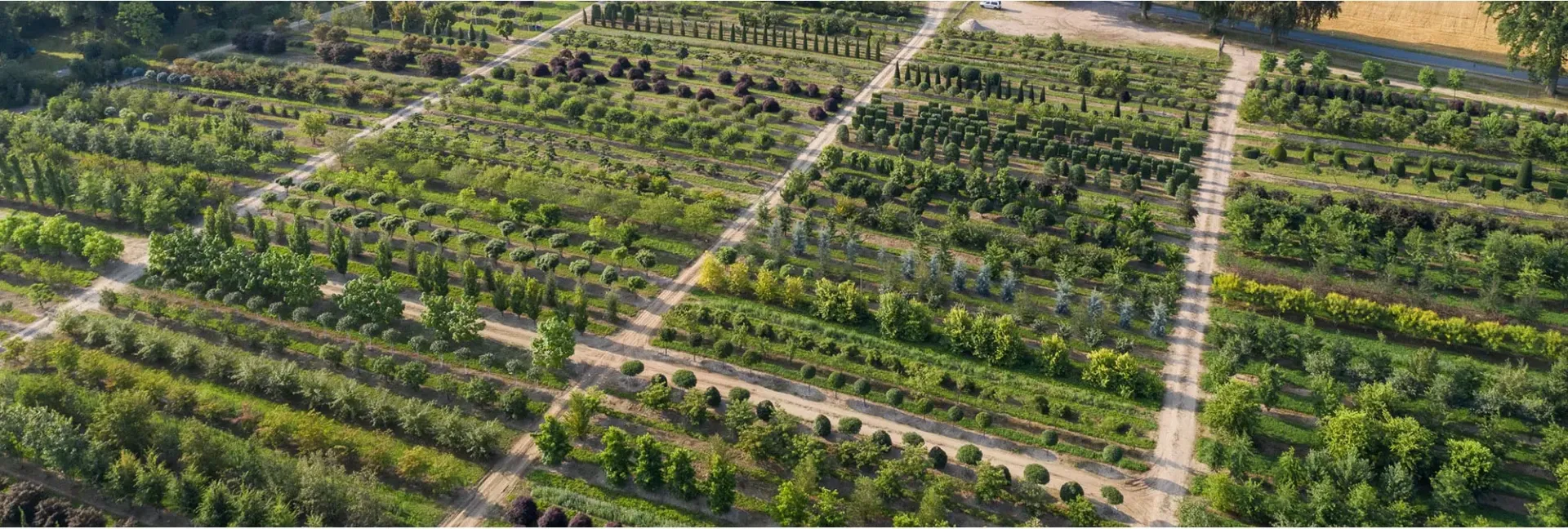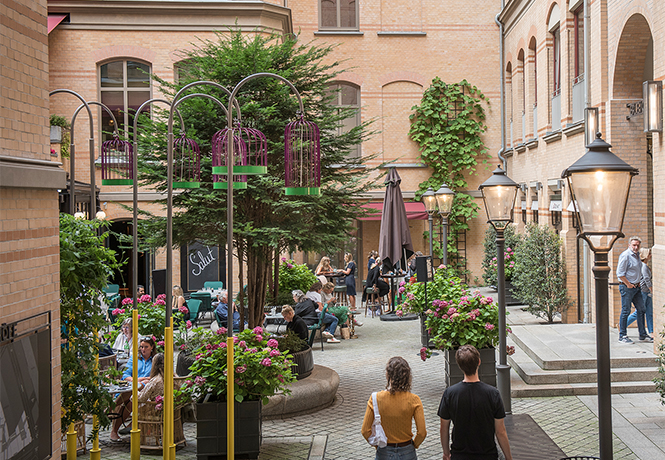Trees of the future
Urban trees
Fighting climate change with urban trees!
Large trees against climate change!
The largely ‘climate-tolerant’ urban tree species are likely to be better able to adapt to climate change than the urban tree species mainly used to date.
Urban trees are important elements for adapting to climate change and improving the quality of life in urban areas. They contribute to the reduction of CO2 and particulate matter in the air, to cooling the ambient temperature, to the well-being of people and to biodiversity. This text explains some aspects of urban trees in the context of climate change.
CO2 and particulate matter are two of the main greenhouse gases and air pollutants that affect global warming and human health. Urban trees can reduce these emissions through their photosynthesis and filtering function.
Air conditioning tree
Cooling the air is another important benefit of urban trees, especially in times of climate change, which is leading to more frequent and intense heat waves. Urban trees can reduce the ambient temperature by casting shade and evaporation. A study by Bowler et al. (2010) shows that the air temperature under a tree can be up to 5.6°C lower than in a treeless area. The cooling of the air by urban trees can also reduce the energy consumption for air conditioning in buildings and thus further reduce CO2 emissions.
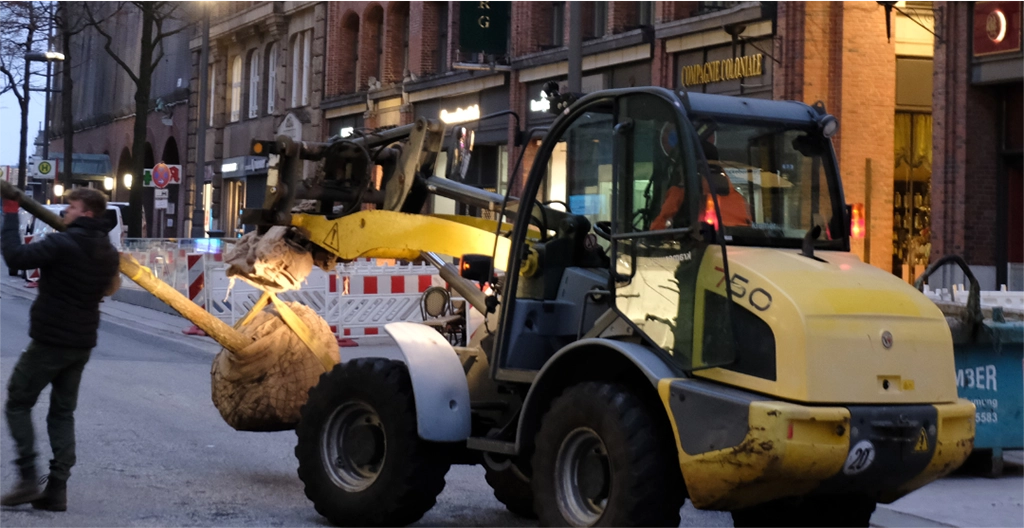
Welfare effect
The well-being of people is another aspect that is positively influenced by urban trees. Urban trees can promote people's mental and physical health by reducing stress, improving mood, supporting relaxation, stimulating social interaction and increasing physical activity. Numerous studies have demonstrated the positive effects of urban trees on people's well-being, such as the study by Jiang et al. (2014) , which shows that the presence of trees improves people's heart rate variability and emotional regulation.
Biological diversity
Biodiversity is another important factor that is promoted by urban trees. Urban trees provide habitat, food and shelter for many animal and plant species that would otherwise not be able to survive in urban areas. Urban trees can also increase the genetic diversity of plant species by serving as corridors for pollen flow. A study by Threlfall et al. (2016) shows that urban forests in Melbourne, Australia, have a high biodiversity of birds, bats, insects and plants that is comparable to that of natural forests.
Climate change is already a reality: We are responding with the trees of the future
Global observations suggest that long periods of drought, heavy rainfall, severe thunderstorms, heat waves, storms and hail as well as pest pressure will increase in the future. Up to 30% less precipitation is expected regionally in Germany during the growing season. The avenue trees we recommend, which are largely “climate-tolerant” urban trees, are likely to be better able to adapt to climate change than the tree species that have mainly been used to date. The GALK street tree list, the KlimaArtenMatrix for urban tree species, the Stadtgrün 2021 research project and 150 years of nursery experience serve as a basis.





